Follow me as I journey from the southern tip of Italy’s Puglia region all the way up to the Trento Alps. I’ll be focusing on budget-friendly travel, and I’ll rarely use a car. Along the way I’ll sample traditional foods, visit lesser-known ruins and cities, sample excellent wines, and visit local cooking schools, the entire two months living out of a backpack. . .
Day #7
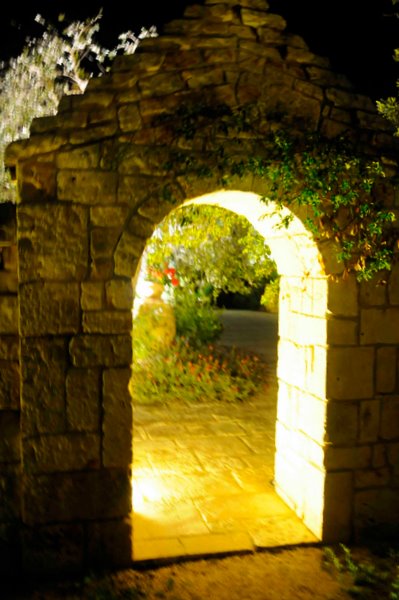 To enter Puglia’s culinary world is to walk into a combination of creativity and simplicity infused with fresh produce. For centuries, agriculture was the primary source of income, and you can taste the high standards of the local farmers who know just how a vegetable is supposed to taste. Chemicals have been introduced to the area, but even though most farmers use chemical fertilizers and pesticides of some sort, the vegetables taste very, very good. They aren’t as full-flavored as those my mother grows in her garden in Maine, but they maintain their unique flavor profiles.
To enter Puglia’s culinary world is to walk into a combination of creativity and simplicity infused with fresh produce. For centuries, agriculture was the primary source of income, and you can taste the high standards of the local farmers who know just how a vegetable is supposed to taste. Chemicals have been introduced to the area, but even though most farmers use chemical fertilizers and pesticides of some sort, the vegetables taste very, very good. They aren’t as full-flavored as those my mother grows in her garden in Maine, but they maintain their unique flavor profiles.
Lunch is the big meal of the day, and Sunday lunches are the most important. It’s common to have six or more courses. Common first dishes include eggplant or zucchini involtini with tuna or parmesan, raw vegetables—especially fennel and barattiere (a type of cucumber that resembles a small melon), and roasted bell peppers covered with breadcrumbs. Breadcrumbs are customarily used to add flavor and are one example of the cucina povera, or the cooking for the poor, that Puglia is known for.
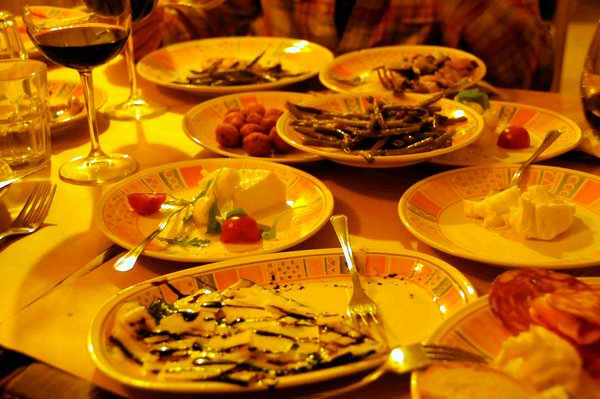
The fourth course is either fish or meat. Whole calamari stuffed with breadcrumbs and shellfish or whole prawns cooked in a broth of parsley and tomato are common. One of the most frequently found meat dishes is involtini, and the most 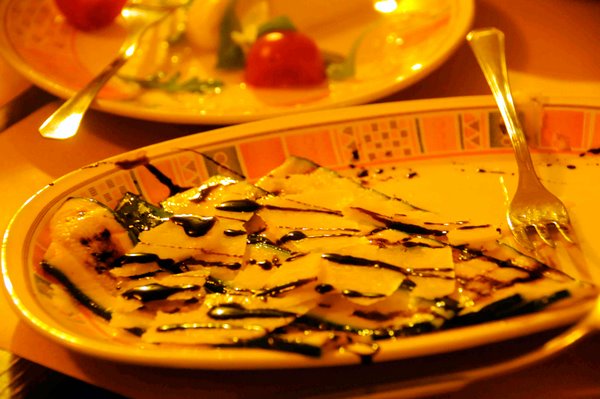 commonly used meat is horse. The slices of thin meat are rolled up with a large piece of parmesan and a sprig of parsley inside, then toothpicked to ensure than none of the cheese escapes as it cooks. A common technique in Puglia is to cook the involtini in tomato sauce; to serve the sauce over orecchiette first, and then to eat the saucy involtini for the next course. It took time, but I have gotten over the stigma of horse meat, and it’s very tender and rich.
commonly used meat is horse. The slices of thin meat are rolled up with a large piece of parmesan and a sprig of parsley inside, then toothpicked to ensure than none of the cheese escapes as it cooks. A common technique in Puglia is to cook the involtini in tomato sauce; to serve the sauce over orecchiette first, and then to eat the saucy involtini for the next course. It took time, but I have gotten over the stigma of horse meat, and it’s very tender and rich.
The final two courses of a Sunday dinner are fruit and dessert. I always appreciate the fruit course after the first four courses, which are very filling. Desserts in Puglia are excellent, and include numerous variations on pastries made with marzipan, dried fruit, and creamy custard. Finish me off with a homemade limoncello and a coffee and I’m ready for a nap.
Ceglie Messapica is known for having some of the best food in Puglia, and I had wanted to sample the traditional fare at 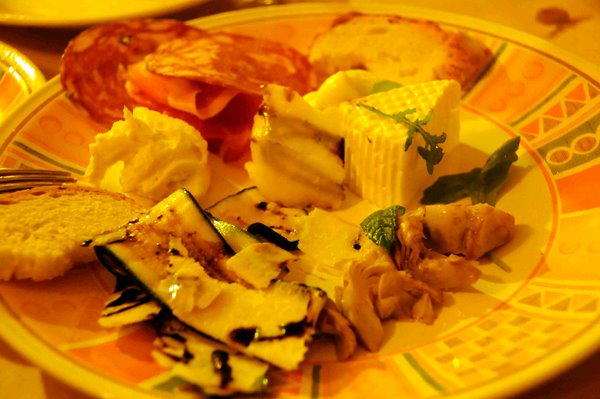 a renovated masseria (large, fortified farm houses that dot the countryside and remind you of a more prosperous time). Unfortunately, the season has yet to truly kick off and I couldn’t secure any reservations. Instead, my friends and I ate at Entroterra, a restaurant just outside of Ceglia. The décor is rustic and friendly and the grounds are beautiful, boasting the iconic high stone walls of Puglia.
a renovated masseria (large, fortified farm houses that dot the countryside and remind you of a more prosperous time). Unfortunately, the season has yet to truly kick off and I couldn’t secure any reservations. Instead, my friends and I ate at Entroterra, a restaurant just outside of Ceglia. The décor is rustic and friendly and the grounds are beautiful, boasting the iconic high stone walls of Puglia.
The antipasti demonstrated Puglia’s approach: Roughly 16 plates of food arrived for 6 people at a total cost of 30 euro for this course. Plates included sautéed lengths of zucchini covered with shaved parmesan and drizzled with balsamic vinegar, a fonduta of eggplant involtini and speck, sliced salami and prosciutto, fresh cheese and fresh mozzarella with tomatoes and arugula, deep-fried balls of potato, cheese, and parsley, chicory sautéed in terracotta pots, sautéed green beans with pancetta, and a very sharp, spreadable ricotta forte, all served with a selection of artisan breads.
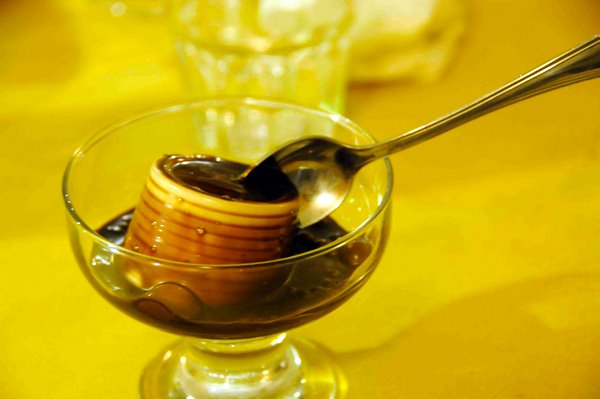 Disappointingly, the restaurant required advanced notice if you wanted to have a pasta course (this is not common in Puglia), and it offered only meat courses. We decided that the antipasti were enough and skipped to dessert, sampling a very good panna cotta that tasted just like freshly whipped cream, but with a firmer texture.
Disappointingly, the restaurant required advanced notice if you wanted to have a pasta course (this is not common in Puglia), and it offered only meat courses. We decided that the antipasti were enough and skipped to dessert, sampling a very good panna cotta that tasted just like freshly whipped cream, but with a firmer texture.
Tomorrow I have a television interview with Fabio Ingrosso of Vino 24, during which we’ll talk about Puglia’s wine and culture.
Salute!


Comments